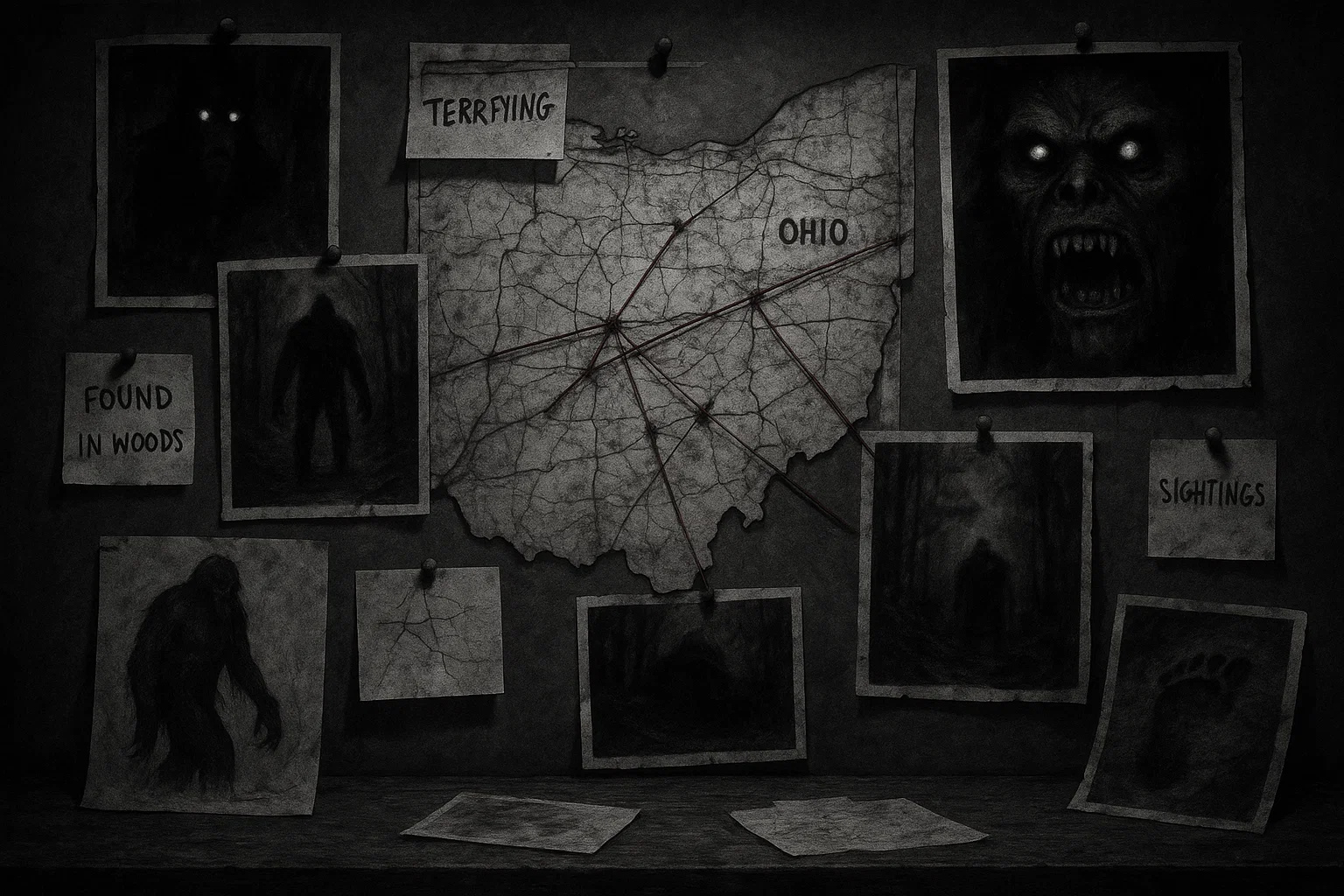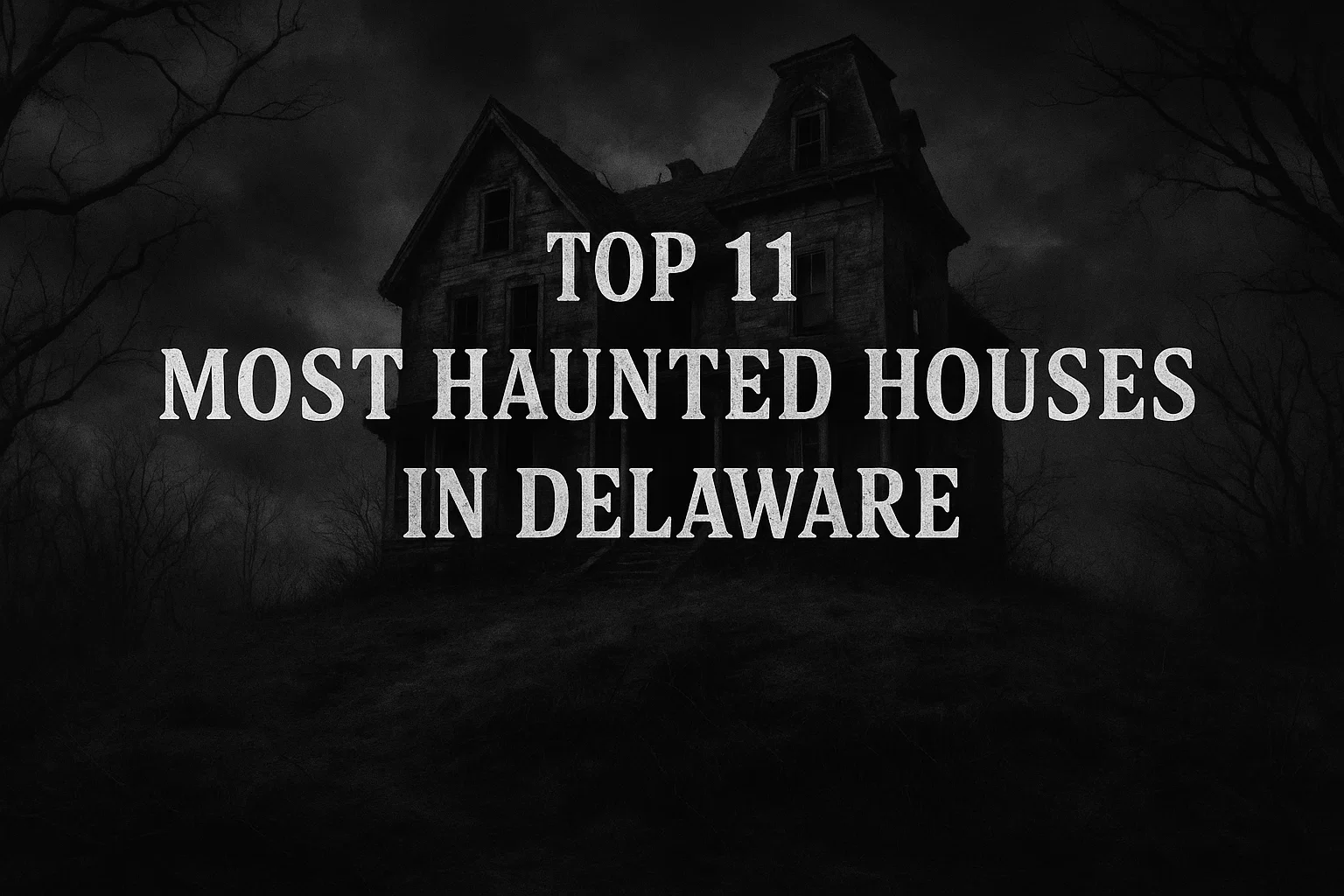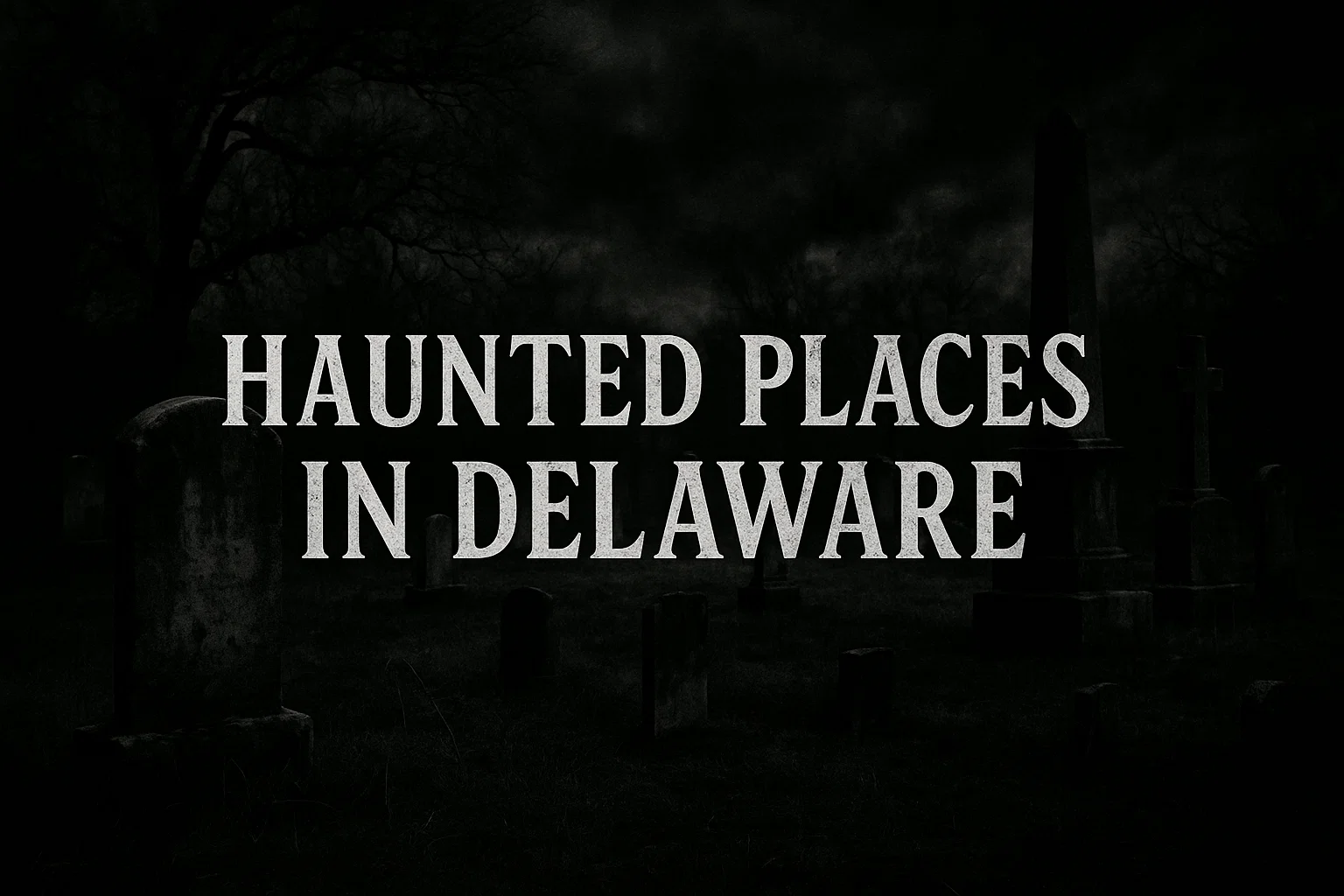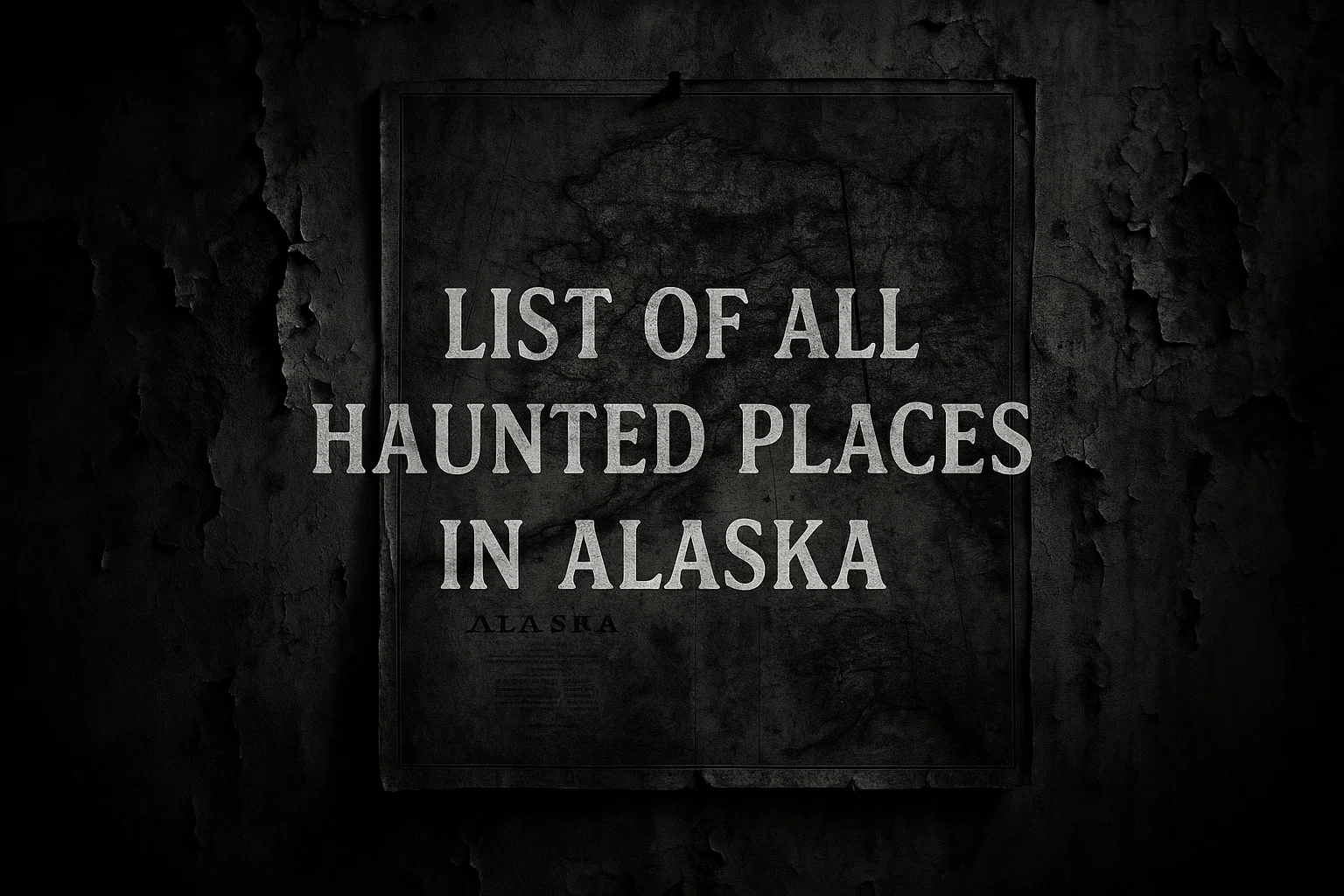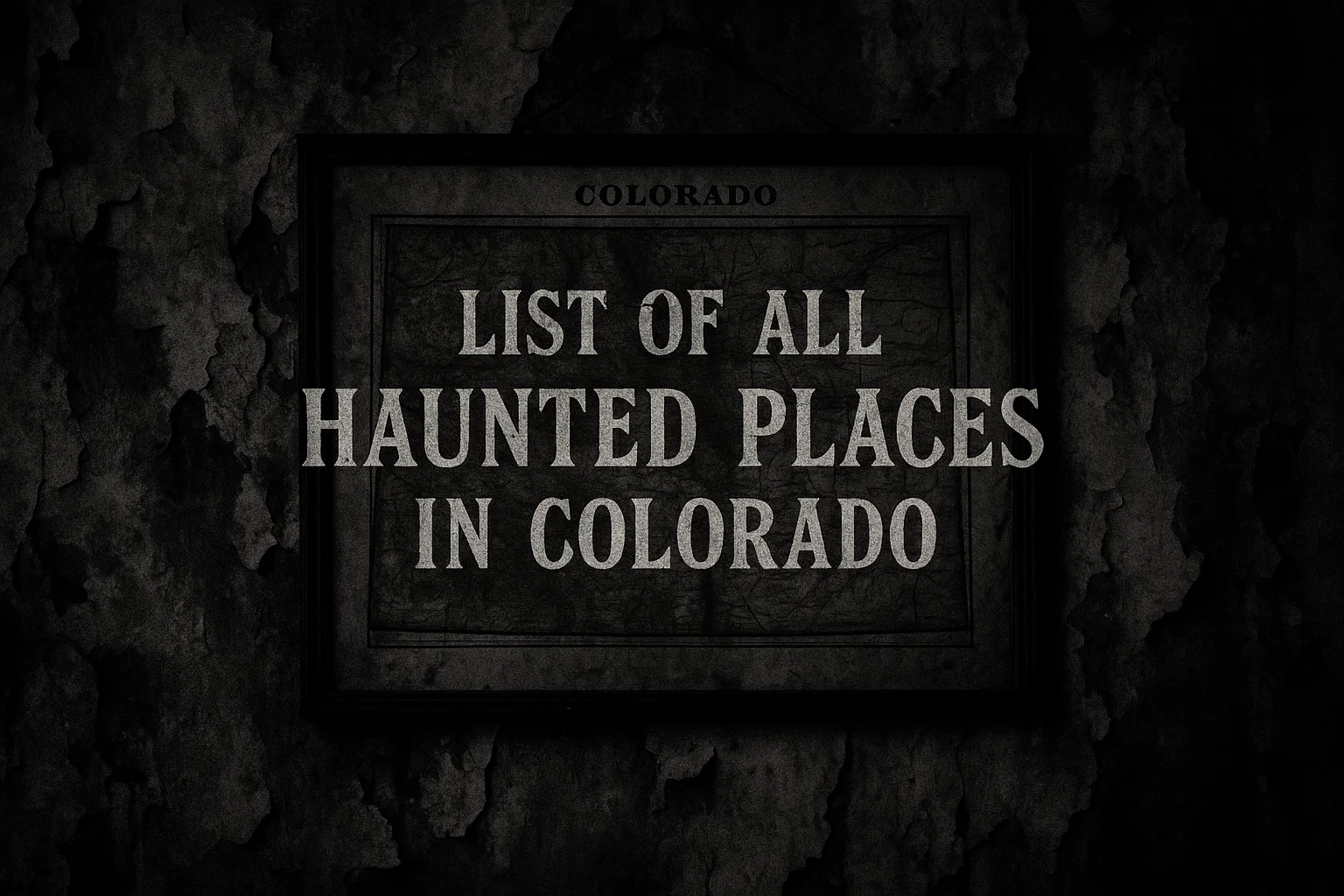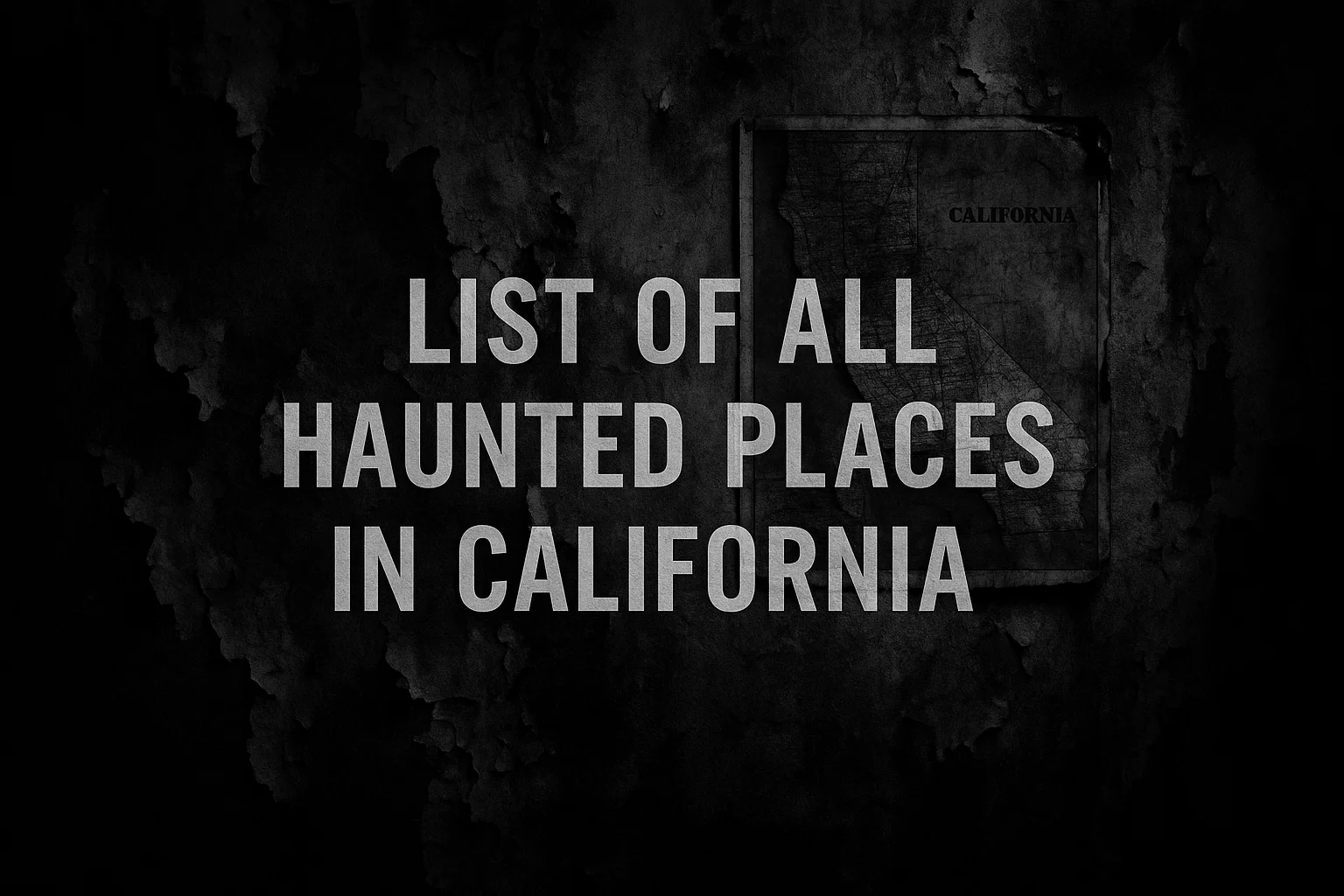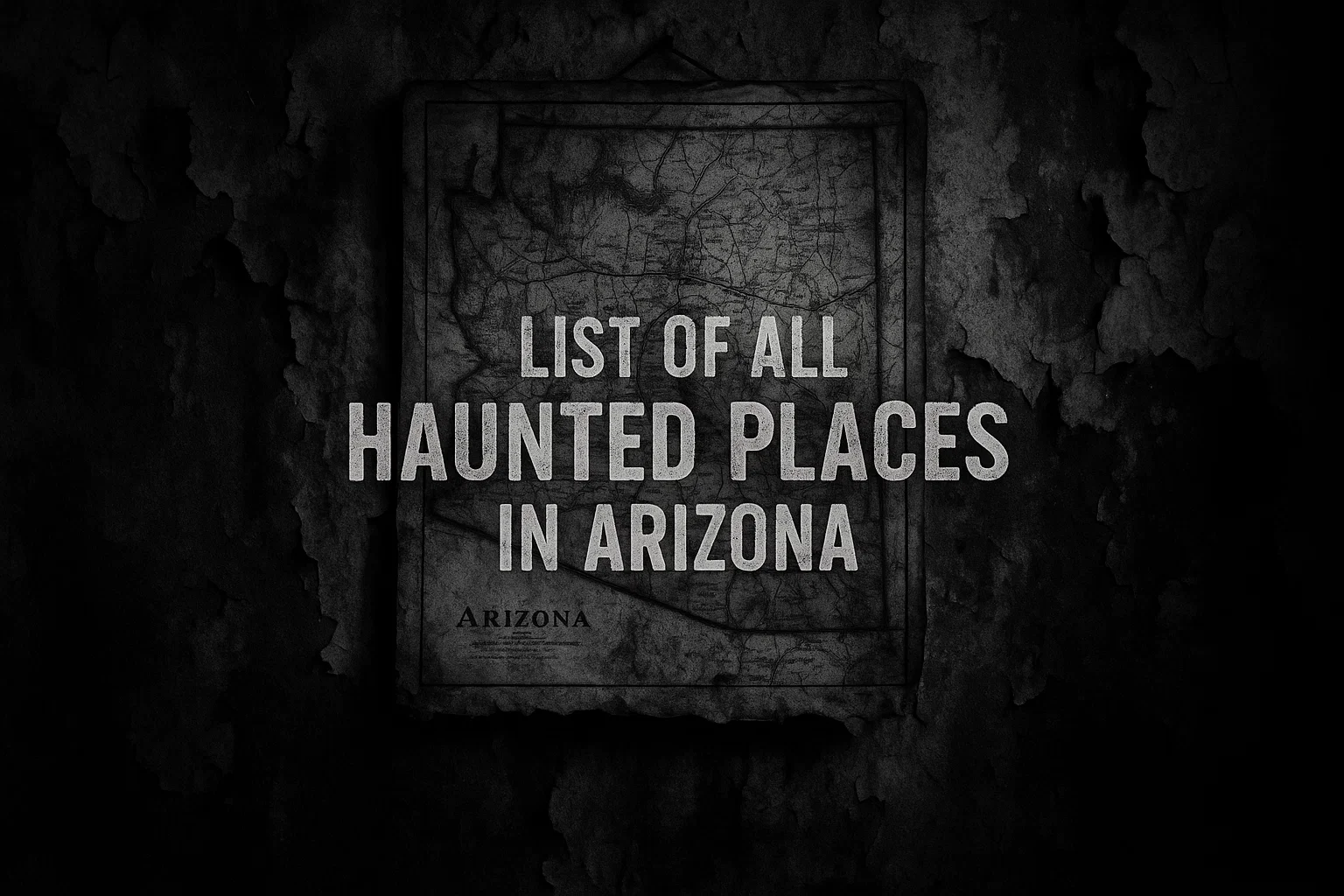Nestled in the heart of the Midwest, Ohio has emerged as a surprising epicenter for Bigfoot sightings in Ohio, ranking fourth nationally with over 330 documented encounters, according to the Bigfoot Field Researchers Organization (BFRO).
Known locally as the Grassman, this elusive, hairy, bipedal creature is frequently reported in the state’s forested regions, particularly in the southeastern Sasquatch Triangle of Guernsey, Noble, and Washington counties.
Ohio Bigfoot sightings describe a towering figure, often 7–9 feet tall, cloaked in dark fur, emitting a pungent, skunk-like odor, and leaving massive footprints. From rural farmlands to dense woodlands, these encounters fuel a rich tapestry of folklore, intrigue, and scientific curiosity. This article delves into the history, pivotal cases, investigative efforts, and cultural significance of Ohio Bigfoot sightings, while exploring connections to other cryptid phenomena in the Buckeye State.
Summary
Ohio Bigfoot Sightings
Ohio’s rugged terrain, with its blend of rolling hills, thick forests, and abundant waterways, creates an ideal habitat for a creature as elusive as the Grassman. The state’s southeastern region, particularly Salt Fork State Park, Hocking Hills, and the Sasquatch Triangle, accounts for the majority of Bigfoot sightings in Ohio. These areas offer dense cover, plentiful food sources like deer, and proximity to water, aligning with the ecological needs of a large, secretive primate.
Reports often describe a creature with a muscular build, dark brown or black fur, and glowing red or yellow eyes, accompanied by eerie howls or wood-knocking sounds. While sightings span all 88 counties, urban areas like Franklin County have also recorded encounters, suggesting the creature’s adaptability.
The BFRO has cataloged over 330 credible Ohio Bigfoot sightings, with many more likely unreported due to fear of ridicule. The organization classifies sightings into Class A (clear visual encounters), Class B (indirect evidence like tracks or sounds), and Class C (second-hand reports).
Below is a comprehensive table of some of the best-documented sightings, drawn from BFRO reports and other credible sources, organized chronologically from the earliest to the most recent up to 2025:
| Date | Witness | Location | Description |
|---|---|---|---|
| Early 1860s | Unknown | Salt Fork Region, Guernsey County | A large, hairy creature was reported by early settlers near Salt Fork, described as towering and swift-moving. |
| 1956 | Not Named | Vinton County, Farm | A young girl observed a tall, hairy figure in her grandparents’ yard, which followed her to the farmhouse before retreating. |
| 1959–1960 | Not Named | Near Middletown, Butler County | A creature peered through a window at night, ran past the house, threw a dog against it, and damaged an electric fence. |
| 1977 | Not Named | Geauga County, Near LaDue Reservoir | A creature was seen crossing a road, described as large and hairy, moving quickly into the woods. |
| 1978 | Cayton Family | Minerva, Stark County | A 7-foot creature with glowing red eyes threw rocks at the house, left 13–17-inch footprints, and terrorized the family for weeks. |
| 1980 | Not Named | Salt Fork State Park, Guernsey County | A camper reported a large, hairy figure near Bigfoot Ridge, accompanied by loud vocalizations. |
| 1991 | Not Named | Berlin Lake State Wildlife Area, Portage County | A witness saw a “wolfman” at 40 feet, described as hairy and standing still for a minute before fleeing. |
| 1994 | Brian Jones | Berlin Lake State Wildlife Area, Portage County | At 2:30 AM, Jones illuminated a “hairy man” 15 feet away with a flashlight. The creature raised its arm to shield its eyes, flexed its muscles, and fled. |
| 1998 | Not Named | Bellville, Richland County | A large, hairy figure was spotted in a wooded area, leaving behind large footprints. |
| 2001 | Not Named | Middlefield, Geauga County | A second-hand report described a creature crossing a road, moving swiftly into the forest. |
| 2011 | Not Named | Oak Hill Trailhead, Cuyahoga Valley National Park | A woman saw a Bigfoot from the chest up in a wooded ravine below her house, described as large and dark. |
| 2013 | Not Named | Norris Plain, Knox County | A man camping near the Kokosing River saw a 7–8-foot creature with red eyes and large canines partially in the water, staring at him. |
| 2014 | Bea Mills | Hocking Hills State Park, Hocking County | Mills and a group heard non-human footsteps and saw a figure at 25 yards, which crashed into a creek after their electronics failed. |
| 2016 | Not Named | Burton Wetlands, Geauga County | A creature was spotted moving through dense wetlands, leaving large tracks. |
| 2017 | Not Named | Rose Lake, Hocking Hills | A hiker heard high-pitched howls and saw an 8-foot, dark-haired figure moving through trees, leaving a skunk-like odor. |
| 2019 | Not Named | Ash Cave, Hocking Hills | Campers heard loud knocking sounds and found 15-inch human-like footprints in the mud near their campsite. |
| 2020 | Not Named | Pleasant Hill Lake Park, Ashland County | A U.S. government ranger reported a Bigfoot sighting at the campground, described as a tall, hairy figure. |
| 2020 | Not Named | Cuyahoga Valley National Park, Summit County | A creature charged out of a swamp, startling a visitor before retreating into the woods. |
| 2021 | Not Named | Bloomingdale, Jefferson County | Missing chickens led to the discovery of large footprints, attributed to a Bigfoot. |
| 2021 | Not Named | Columbiana, Mahoning County | A couple saw a Bigfoot crossing their driveway, described as a large, dark mass. |
| 2024 | LeDebCi’s Son | Parma Heights, Cuyahoga County | A 12-year-old captured an image of a creature after weeks of sightings in a suburban wooded area. |
| 2024 | Not Named | Columbiana County | A large, hairy creature was seen near a wooded area, consistent with prior reports. |
| 2025 | Andrew Baum | Washington Township, Richland County | On December 28, Baum, building a deer stand, saw a black or brown creature, distinct from a bear, in clear daylight near Hanley Road. |
You May Also Like: Complete Guide to New Mexico Bigfoot Sightings (1976–2025)
Investigation Efforts in Ohio
The quest to unravel Bigfoot sightings in Ohio is driven by a passionate network of researchers, enthusiasts, and organizations. The Bigfoot Field Researchers Organization (BFRO), founded by Matt Moneymaker, is a cornerstone, maintaining a rigorous database of over 330 Ohio sightings. BFRO investigators, like Marc DeWerth and Bea Mills, conduct field expeditions, interview witnesses, and analyze evidence such as footprints, hair samples, and audio recordings.
Their approach emphasizes eliminating misidentifications, with DeWerth estimating that a third of reports are credible after vetting for hoaxes or errors. The BFRO’s Bigfoot Basecamp Weekend at Pleasant Hill Lake Park in 2022 exemplified their hands-on approach, deploying drones, FLIR thermal cameras, and audio recorders to capture evidence.
The Southeastern Ohio Society for Bigfoot Investigations (SOSBI), co-founded by Doug Waller and Shawna Parks in 2008, focuses on the Sasquatch Triangle. Based in Cambridge, SOSBI hosts monthly meetings at public libraries, providing a safe space for witnesses to share experiences without judgment.
Waller, who has authored six books, including Standing in the Shadows, conducts field investigations in areas like Salt Fork State Park, where he has documented tree structures, vocalizations, and trackways. SOSBI’s presentations feature plaster casts of footprints, maps pinpointing sighting locations, and audio of the Ohio Howl, a distinctive Bigfoot vocalization first recorded in 1994.
Other groups contribute significantly to Ohio’s Bigfoot research. Fathom Frontiers, led by Alan and Jesse Morgan, organizes Bigfoot Adventure Weekends at Salt Fork, offering hands-on training in evidence collection and night investigations. Their events attract families and novices, fostering a community-driven approach.
The Ohio Bigfoot Organization, headed by Don Keating since the 1980s, has documented over 36 sightings at Salt Fork, earning it the nickname “Squatchiest Place” by USA Today in 2012. Keating’s annual Bigfoot Conference, held at Salt Fork since 2005, draws hundreds for lectures, witness panels, and guided hikes.
Independent researchers like Charles Kimbrough, author of Squatchin’ 101, provide educational resources for aspiring investigators, emphasizing techniques like wood knocking and call blasting. Filmmaker Seth Breedlove’s Small Town Monsters production company has elevated Ohio’s Bigfoot profile through documentaries like Minerva Monster and the YouTube series Bigfoot Decoded, which explores Cuyahoga Valley National Park sightings.
Local events, such as the Hocking Hills Bigfoot Festival, founded by Bea Mills, combine research with cultural celebration, featuring Squatch and Seek competitions and vendor stalls with Bigfoot-themed crafts. These efforts highlight Ohio’s vibrant cryptid community, blending scientific inquiry with public engagement.
You May Also Like: Complete Guide to New York Bigfoot Sightings (1840–2025)
Detailed Case Study: The Minerva Monster (1978)
The 1978 Minerva Monster case is a landmark in Bigfoot sightings in Ohio, captivating researchers and media alike. In Minerva, Stark County, the Cayton family endured weeks of terrifying encounters at their rural home.
On an August evening, Evelyn Cayton’s children and their friends first spotted a 7-foot-tall, hairy creature with glowing red eyes lurking near their property. “It was standing in the field, just looking at us,” one child reported to investigators. Over subsequent nights, the creature returned, throwing rocks at the house, scratching at windows, and leaving 13–17-inch footprints with a 5-foot stride in the soft earth.
Herb Cayton, Evelyn’s husband, described a particularly chilling night: “We heard this awful growling, like nothing human, and saw it standing by the barn. It was huge, covered in dark hair, and those eyes just burned red.”
Neighbors, including the Lowe family, corroborated the sightings, reporting similar disturbances and finding mangled rabbits near their property. The Caytons’ dog, a German Shepherd, was found trembling after an encounter, and small animals in the area began disappearing. Local police investigated but found no explanation for the footprints or noises.
The case gained national attention, with BFRO investigators documenting the evidence and media outlets like the Akron Beacon Journal covering the story. Plaster casts of the footprints showed dermal ridges, a detail that intrigued researchers.
Despite extensive searches, the creature vanished, leaving behind a legacy that inspired Seth Breedlove’s 2015 documentary Minerva Monster. The case remains compelling due to multiple witnesses, physical evidence, and the absence of a definitive alternative explanation.
Detailed Case Study: Cuyahoga Valley National Park Sightings
Cuyahoga Valley National Park, a 33,000-acre expanse between Akron and Cleveland, is a hotspot for Ohio Bigfoot sightings. In the early 1990s, a park ranger reported a striking encounter near Brandywine Ski Resort. “I was patrolling at dusk when I saw this thing cross the road,” he told BFRO investigators.
“It was at least 9 feet tall, black-haired, and moved like nothing I’ve ever seen—too fast for a bear.” The ranger watched the creature for nearly 30 seconds before it disappeared into the dense forest, leaving no tracks on the hard-packed ground.
A more dramatic incident occurred in 2020 near a swampy trail. A visitor, hiking with two companions, recounted: “We heard this scream, ear-splitting and high-pitched, like nothing natural. Then this thing exploded out of the water, chest-deep, swinging its arms like it was charging.” The group fled as the creature retreated into the woods.
BFRO investigator Mark Maisel, who interviewed the witnesses, noted the consistency of their descriptions and the swamp’s suitability as a Bigfoot habitat. Similar reports from the park describe Ohio Howls, loud vocalizations echoing through the valleys, often recorded by researchers.
Seth Breedlove’s Bigfoot Decoded series has spotlighted these sightings, with witnesses describing black or reddish-brown creatures watching skiers or lurking near trails. The park’s mix of forests, marshes, and waterways, coupled with its proximity to urban areas, makes it a unique setting for Bigfoot activity.
Despite skepticism from park officials, who cite bears or misidentifications, the volume of reports keeps Cuyahoga Valley a focal point for researchers.
You May Also Like: Complete Guide to North Carolina Bigfoot Sightings (1968–2025)
Detailed Case Study: Hocking Hills Encounters
Hocking Hills State Park, known for its rugged cliffs and waterfalls, is a hub for Bigfoot sightings in Ohio. On April 6, 2014, Bea Mills, an Ohio Certified Volunteer Naturalist, led a BFRO expedition that turned her from skeptic to believer. “We were on a trail near a creek, no flashlights needed under the bright moon,” Mills recounted.
“We heard heavy footsteps, not like a deer, coming closer. At about 25 yards, I saw this figure—tall, hairy, moving deliberately. It looked right at us, then crashed into the creek like an elephant.” The group’s radios and cameras failed abruptly, a phenomenon often reported in Bigfoot encounters.
In 2017, a hiker near Rose Lake shared a vivid account: “I was alone, just after dawn, when I heard these weird, high-pitched howls. Then I saw it—an 8-foot figure, dark brown, weaving through the trees. The smell was awful, like a wet skunk.” The hiker found no tracks but reported the incident to park rangers, who dismissed it as a bear.
In 2019, a family camping at Ash Cave heard “loud, rhythmic knocks” at night. The next morning, they discovered 15-inch footprints with five toes in the mud, which rangers could not explain.
The Hocking Hills Bigfoot Festival, founded by Mills, celebrates these encounters with talks, hikes, and evidence displays. The region’s history of sightings, dating back to the 1950s when a schoolchild saw a hairy figure near the Hocking-Fairfield county line, underscores its significance. The area’s remote trails and abundant wildlife make it a plausible Bigfoot habitat, fueling ongoing investigations.
Bigfoot Sightings vs Other Cryptid Sightings in Ohio
Ohio’s cryptid landscape extends beyond the Grassman to include other mysterious creatures and unexplained phenomena. The Loveland Frogman, first reported in 1955 along the Little Miami River, is a 3–4-foot humanoid with frog-like features and glowing eyes.
In 1972, Loveland police officer Ray Shockey reported: “I saw this thing on the bridge, like a big frog standing upright, with webbed hands. It jumped into the river when I got close.” Another officer, Mark Mathews, reported a similar sighting weeks later. These accounts, verified by law enforcement, distinguish the Frogman from Bigfoot, though both are tied to Ohio’s waterways.
The Mothman, a winged, red-eyed creature, was reported in Ohio in the late 1960s, particularly near the Ohio River. Witnesses described a 7-foot, grayish figure with glowing eyes, often seen before the 1967 Silver Bridge collapse, which killed 46 people.
While primarily associated with Point Pleasant, West Virginia, Ohio sightings in Gallia and Meigs counties suggest a regional presence. Unlike Bigfoot’s terrestrial nature, Mothman’s aerial behavior sets it apart, but both share a reputation for elusiveness.
Other unexplained phenomena include UFO sightings near Fredericktown in 2018, where residents reported strange lights near Salt Fork State Park, a Bigfoot hotspot. The Ohio State Reformatory in Mansfield is known for ghostly apparitions, while Moonville Tunnel in Vinton County is linked to spectral figures and disembodied voices.
Some researchers, like Doug Waller, speculate that Bigfoot sightings might connect to UFO or paranormal activity, citing simultaneous reports of strange lights and creatures. However, no definitive evidence links these phenomena, leaving them as intriguing coincidences in Ohio’s rich tapestry of the unexplained.
You May Also Like: Complete Guide to North Dakota Bigfoot Sightings (1962–2025)
Conclusion
Bigfoot sightings in Ohio have cemented the state’s place in cryptid lore, with over 330 documented encounters painting a vivid picture of the Grassman’s presence.
From the chilling Minerva Monster case to the ongoing mysteries of Cuyahoga Valley and Hocking Hills, Ohio Bigfoot sightings blend eyewitness accounts, physical evidence, and cultural fascination. Dedicated groups like the BFRO, SOSBI, and Fathom Frontiers, alongside events like the Ohio Bigfoot Conference and Hocking Hills Bigfoot Festival, keep the search alive, engaging communities and challenging skeptics.
While definitive proof remains elusive, the consistency of reports—describing a tall, hairy creature with glowing eyes and a musky odor—suggests something extraordinary roams Ohio’s forests. As technology advances and curiosity persists, the Grassman continues to captivate, inviting us to explore the unknown in the Buckeye State’s wild heart.

